Heat is Farmer’s Wife: Handle with Care! Part 1: Angel Adventan inevitable byproduct of work. It's generated when you start a car's engine, go for a brisk walk or anything else that generates friction. Heat is also prevalent in electronics where it can be more difficult to manage and can be detrimental to their continued operation. When it comes to graphics cards there are many ways to manage heat, from passive cooling, to fans and even water. But when these solutions aren't working, your GPU has one more way to beat the heat: thermal throttling.
When your GPU takes on a heavy workload, such as gaming, it generates a load of heat. When your cooling solution can no longer dissipate heat fast enough to keep temperatures within a safe range, your graphics card starts to dump performance to shed heat. The core and memory frequencies begin to drop---along with your framerates---until temperatures drop to a safe operating range. All modern GPUs have this feature in place to protect the electronic components from damage. Unmanaged, thermal throttling can have a big impact on performance. And, while thermal throttling itself doesn't cause any damage, the underlying cause of throttling, heat, can cause damage and shorten the lifespan of your video card.
In order to maintain performance, you need to control heat, but not all graphics cards experience throttling to the same degree, or even at all. There are a variety of scenarios that determine the impact thermal throttling has on your system. Case selection, cooling solution, and airflow are the three main factors to take into consideration.
A small case with no open space traps heat and inhibits airflow, which makes it harder to keep your GPU cool. Choosing a larger, well laid out case can provide more fan mounts and options to optimize airflow. Being able to mount additional fans in your case is especially beneficial if your GPU manufacturer has used a custom cooling solution that dissipates heat into your case instead of directly removing it, like with reference designs.
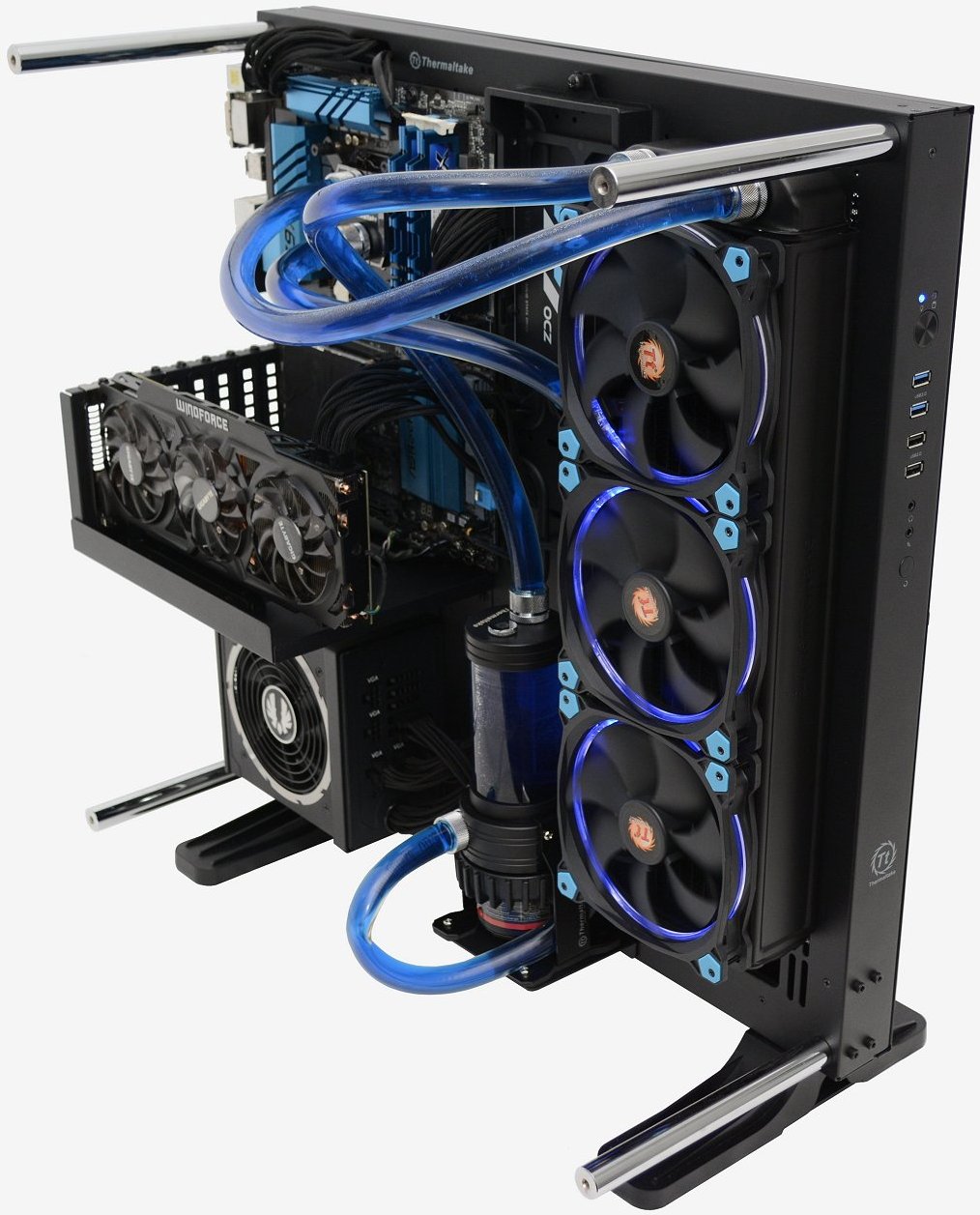
Adding additional fans to the top of your case ensures that heat generated by your GPU is removed from the case efficiently. It also lowers air temperature inside of your case keeping other components, such as your CPU and memory, much cooler.
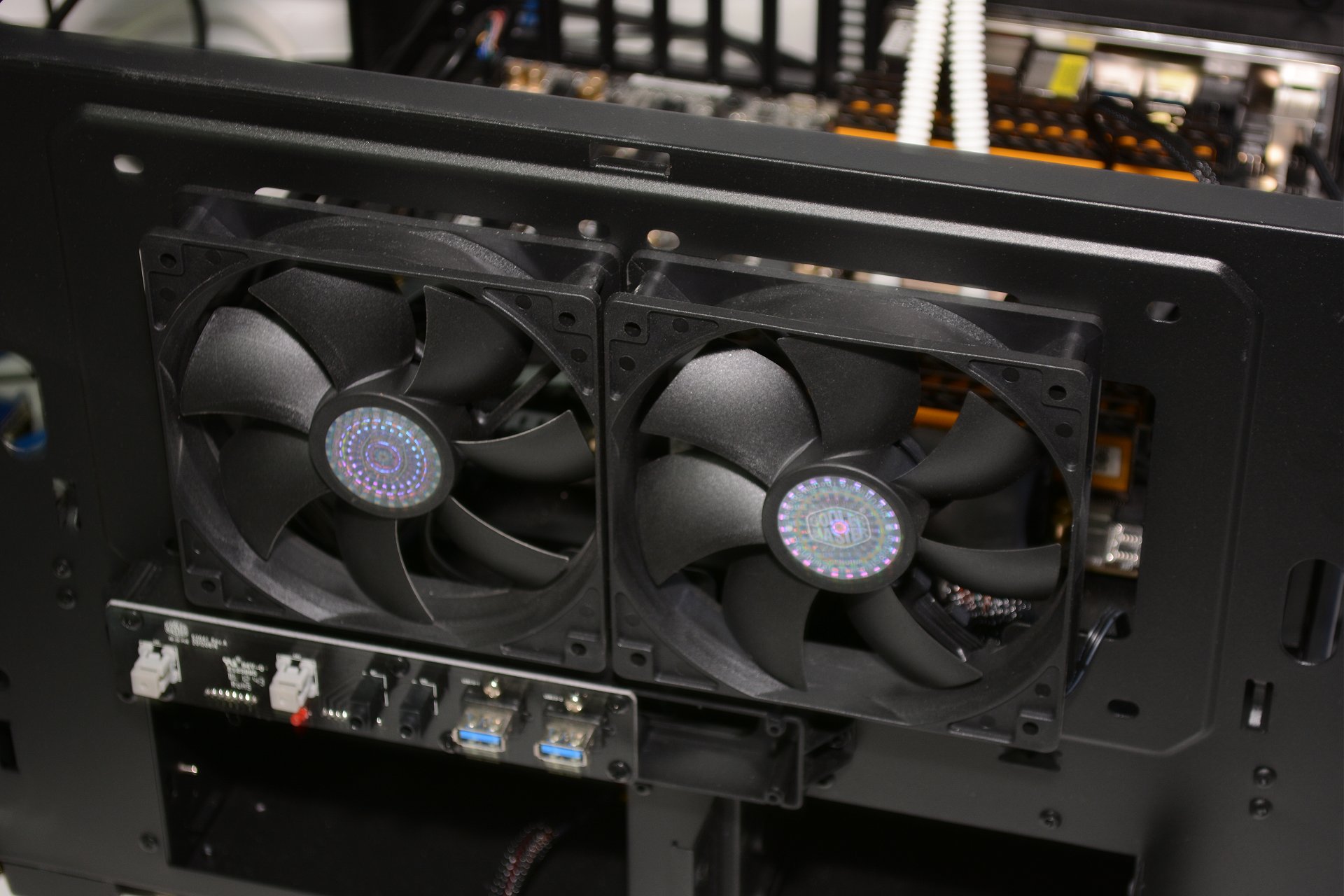
The brand of graphics card you choose may come down to personal preference, but the cooling solution it uses is an important decision. Reference designs---which are blower-type fans---typically use a single fan to keep the card cool. Cool air is drawn through the rear of the graphics card and exhausted out of the end with the connectors. This design is efficient but the single fan holds back performance.
When choosing a graphics card, it's often ideal to pick one with a multi-fan cooling solution. The additional fans---sometimes as many as three---provide enough airflow to significantly reduce or even eliminate throttling. It should be noted that your case needs to provide enough airflow to handle the hot air pumped out by these types of graphics cards as their coolers do not directly remove the heat from the case.
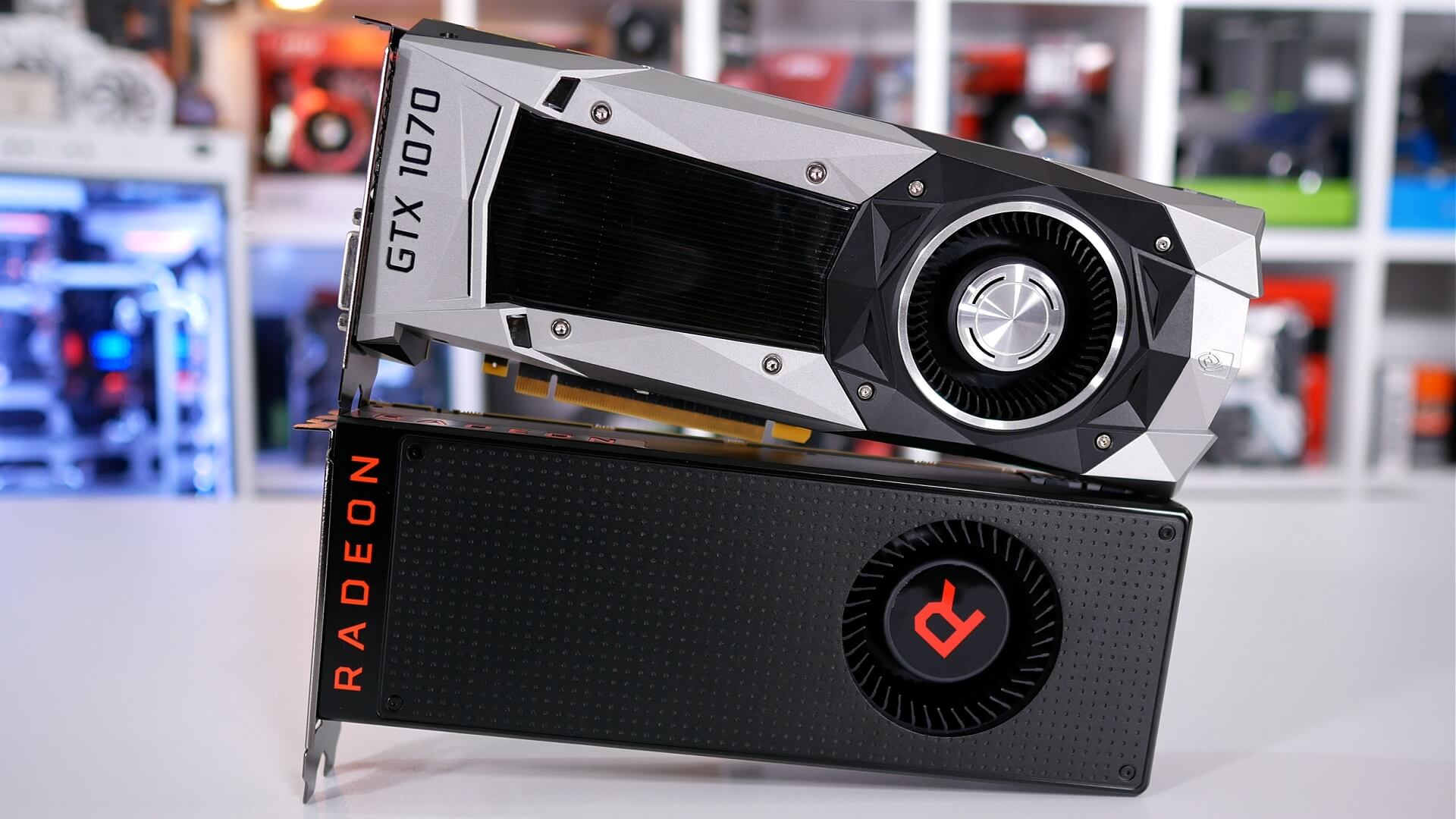
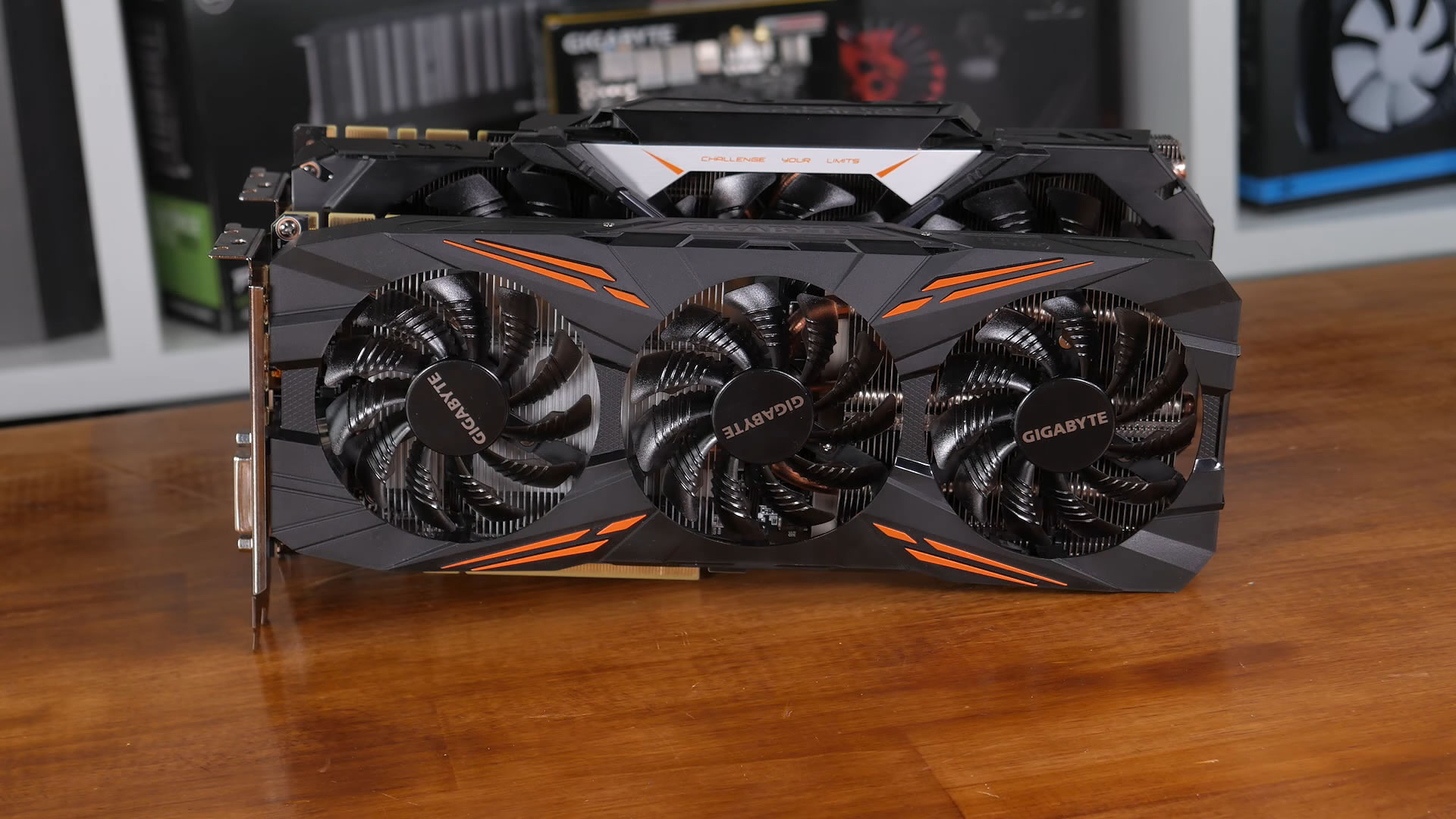
If changing or adding hardware is not an option, you can still reduce temperatures using freely available tools.
With utilities like MSI's Afterburner or EVGA's PrecisionX, a custom fan curve can be configured. By setting the fan curve manually, you can set the fan speed for a given temperature to something a bit more aggressive. From the factory, the fan speeds are optimized to strike a balance between noise and performance. With reference cards, this balance often leans more towards noise suppression and can lead to thermal throttling.
Noise levels will increase, perhaps significantly, but your GPU will be able dissipate heat much faster and maintain performance.
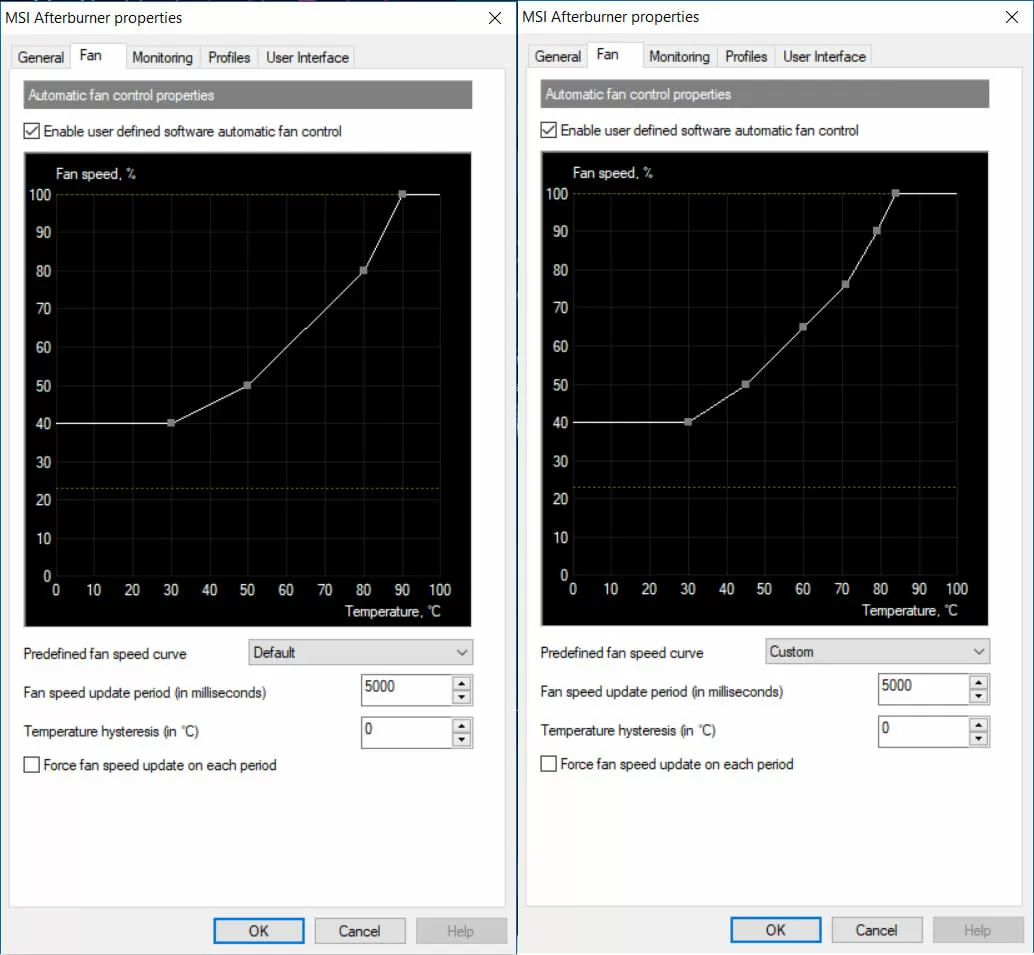
Default Left, Custom Right
If the additional fan noise is too much to handle, there is one more solution to your thermal throttling woes: undervolting.
Sometimes the amount of voltage your card uses is set higher than it needs to be to allow your card to function correctly. Running at a higher voltage generates more heat even if the clock and memory speed remain the same. Undervolting your graphics card by even a small amount can lower temperatures enough to reduce or even eliminate thermal throttling. However, this isn't a guaranteed solution and can cause stability issues. For most users, we recommend a combination of better cooling in conjunction with fan-curve adjustments.
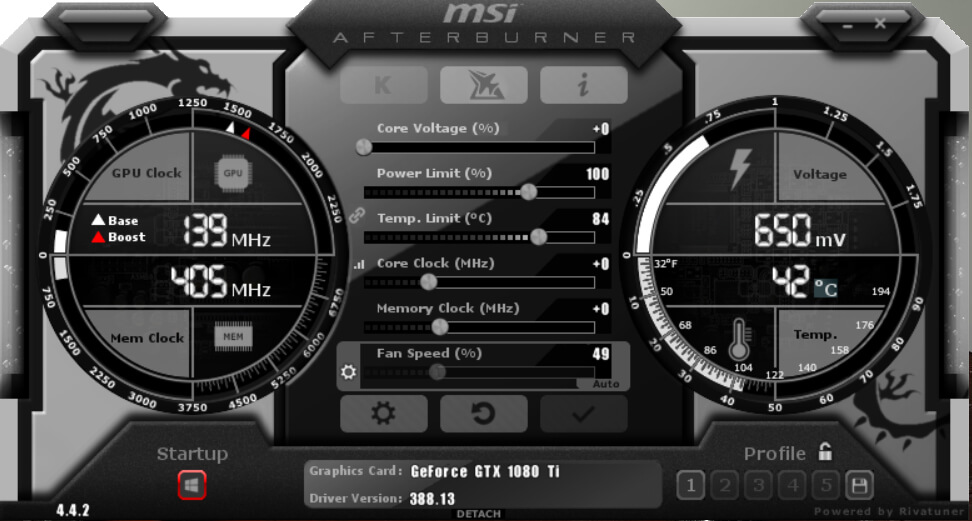
Most monitoring tools are capable of more than just controlling GPU fans and altering voltage. They also monitor temperatures, core and memory frequencies, along with GPU usage. Most of them also offer at least basic overclocking capability. This is important because your can't prevent something that you can't see.
Monitoring your GPU's temperature, along with core and memory frequencies, allows you to determine when you're experiencing throttling. It's important to note that there are a few things to look for before you need to break out the utilities. If you are experiencing stuttering or notice a visible drop in frame rate, it's likely that your video card has slowed down to shed heat. If you haven't altered your video card's fan curve and the fan is starting to sound like a jet engine, there is a good chance you've hit the throttling point. You can then confirm this with the tool of your choice.
If your temperature exceeds your graphics card's throttling point and your frequencies start to drop, you know it's time to look at your cooling. Ideally you want temperatures to be as low as possible, anything below 80 degrees is normal and should keep throttling in check. Nvidia's GTX 1080 Ti, for example, has a throttling point of 84 degrees. If you keep the temperature below 80 degrees you leave yourself with a bit of breathing room, so you can focus on having fun instead of monitoring GPU frequencies.
It's important to remember that every graphics card has a different throttling point. The previous-gen GTX 980 and 970, for example, throttle at 80 degrees, while AMD's Vega series cards can reach a maximum temperature of 85 degrees before they throttle. You will need to find out the throttling point for your specific card in order to set an effective fan curve and voltage.
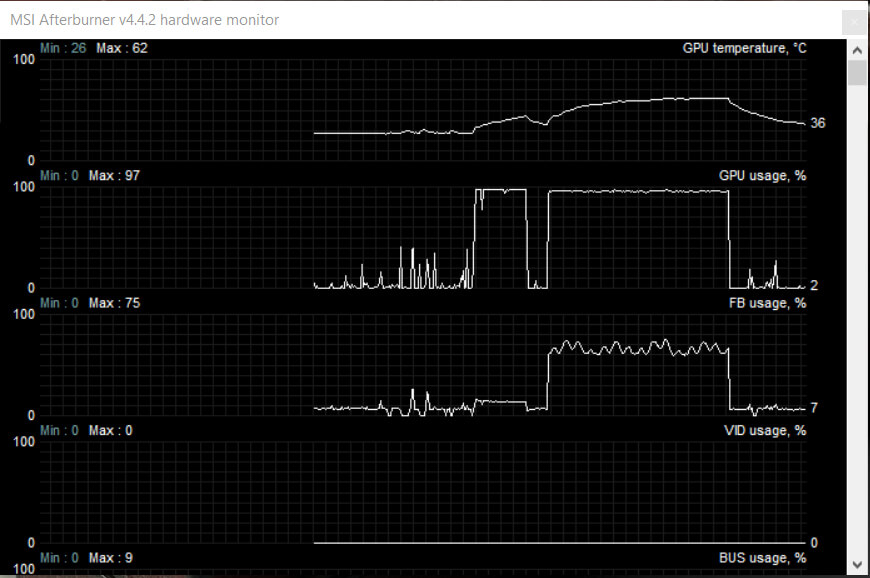
When deciding which utility to use, it's important to consider the scope of what you are going to be monitoring. If you are going to focus on your graphics card, then I recommend MSI's Afterburner or Asus Tweak. Either of these tools will provide all the monitoring and configuration options you could possibly need, including overclocking.
If you want to monitor your whole system, you'll need to look at something else, such as NZXT's Cam software. While Cam does monitor your entire system, it doesn't offer as many options for tweaking your graphics card. It doesn't hurt to install more than one utility to get a wider range of monitoring features.
 Best headphone deal: Take 22% off the Sonos Ace at Amazon
Best headphone deal: Take 22% off the Sonos Ace at Amazon
 The 'prelude' to the sixth mass extinction is happening right now
The 'prelude' to the sixth mass extinction is happening right now
 UNC vs. UVA basketball livestreams: Game time, streaming deals
UNC vs. UVA basketball livestreams: Game time, streaming deals
 KU vs. Texas basketball livestreams: Game time, streaming deals
KU vs. Texas basketball livestreams: Game time, streaming deals
 NYT Strands hints, answers for April 23
NYT Strands hints, answers for April 23
 NYT's The Mini crossword answers for February 26
NYT's The Mini crossword answers for February 26
 Best controller deal: Get the Razer Kishi V2 Mobile Controller for 17% off
Best controller deal: Get the Razer Kishi V2 Mobile Controller for 17% off
 UNC vs. UVA basketball livestreams: Game time, streaming deals
UNC vs. UVA basketball livestreams: Game time, streaming deals
 Outdoor speaker deal: Save $20 on the Soundcore Boom 2
Outdoor speaker deal: Save $20 on the Soundcore Boom 2
 Best AirTag deal: Get a 4
Best AirTag deal: Get a 4
 A worthless juicer and a Gipper-branded server
A worthless juicer and a Gipper-branded server
 Nintendo Switch 2 release date delayed? The new rumored launch window
Nintendo Switch 2 release date delayed? The new rumored launch window
 PSVR2 support for PC might happen soon
PSVR2 support for PC might happen soon
 Elon Musk's X is launching audio and visual calls for regular users. Yay.
Elon Musk's X is launching audio and visual calls for regular users. Yay.
 Best earbuds deals: Get JBL earbuds up to 20% off at Amazon
Best earbuds deals: Get JBL earbuds up to 20% off at Amazon
 How to file taxes for free online
How to file taxes for free online
 Best Shark hair tool deal: save 20% on the Shark SpeedStyle at Amazon
Best Shark hair tool deal: save 20% on the Shark SpeedStyle at Amazon
 President Trump says semiconductor tariffs are next
President Trump says semiconductor tariffs are next
 Best earbuds deals: Get JBL earbuds up to 20% off at Amazon
Best earbuds deals: Get JBL earbuds up to 20% off at Amazon
Tesla cloud profiles allow you to keep your settings across multiple carsThe 'Only Murders in the Building' Season 2 finale, explainedHow the snooze button got set to 9 minutes, and why it hasn't changedWordle today: Here's the August 18 Wordle answer and hintsWordle today: Here's the August 18 Wordle answer and hintsThis app beeps every time you send data to GoogleThe 'Only Murders in the Building' Season 2 finale, explainedApple security flaw may allow hackers full control of devices, company warnsNetflix's gory 'School Tales the Series' has a grim episode about online shamingNancy Pelosi's headbanging granddaughter steals the show at her swearing in34 British tweets from 2018 that are guaranteed to make you chuckleGoogle Pixel 7 is shorter than Pixel 6, per handsOf course Snoop Dogg has the hottest take on the government shutdownGoogle Pixel 7 is shorter than Pixel 6, per handsFrench and Saunders' 'Titting About' podcast will give you a much needed giggleEverything coming to Netflix in SeptemberFrench and Saunders' 'Titting About' podcast will give you a much needed giggle'House of the Dragon' had 1 neatly packaged moment for 'Game of Thrones' fans'Quordle' today: See each 'Quordle' answer and hints for August 24Hoverboarding priest is a Christmas gift to us all Move over Emily Dickinson, Grindr has a poet in residence Prominent GamerGate target details disturbing harassment, all these years later Amazon might update Alexa with voice recognition New Zealand mudslide wipes out sea life in precious marine reserve Xbox Game Pass is basically a Netflix subscription for gaming YouTube just hit a huge milestone Drone crashes through woman's apartment window Every 'X Uber's SVP of engineering is out after Recode surfaces previous sexual harassment allegation Mahershala Ali is the first Muslim actor to win an Oscar #BagelGate, the train fight that rocked social media, gave us some glorious jokes Yeah, the Oscars may not be the best thing to talk about on your next date Chrissy Teigen makes sure everyone knows John Legend didn't win an Oscar (this year) Playing Snake on the new Nokia 3310 is tougher than it looks Bizarre Boston Dynamics robot moves like a world PricewaterhouseCoopers messed up the Oscars big time. Will people still trust it with their taxes? Rogue None: Why the Force isn't with Star Wars at the Oscars This app lets you donate to charity whenever someone on Twitter pisses you off BBC documentary creates a stir, India bans channel from filming in tiger reserves Benedict Cumberbatch just landed his dream role by giving it to himself
1.0227s , 10156.625 kb
Copyright © 2025 Powered by 【Farmer’s Wife: Handle with Care! Part 1: Angel Advent】,Miracle Information Network